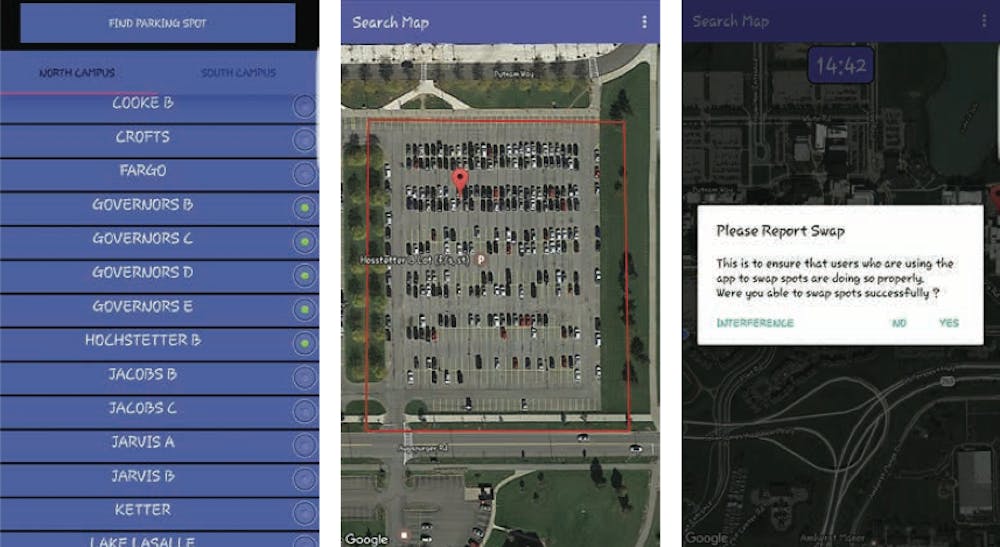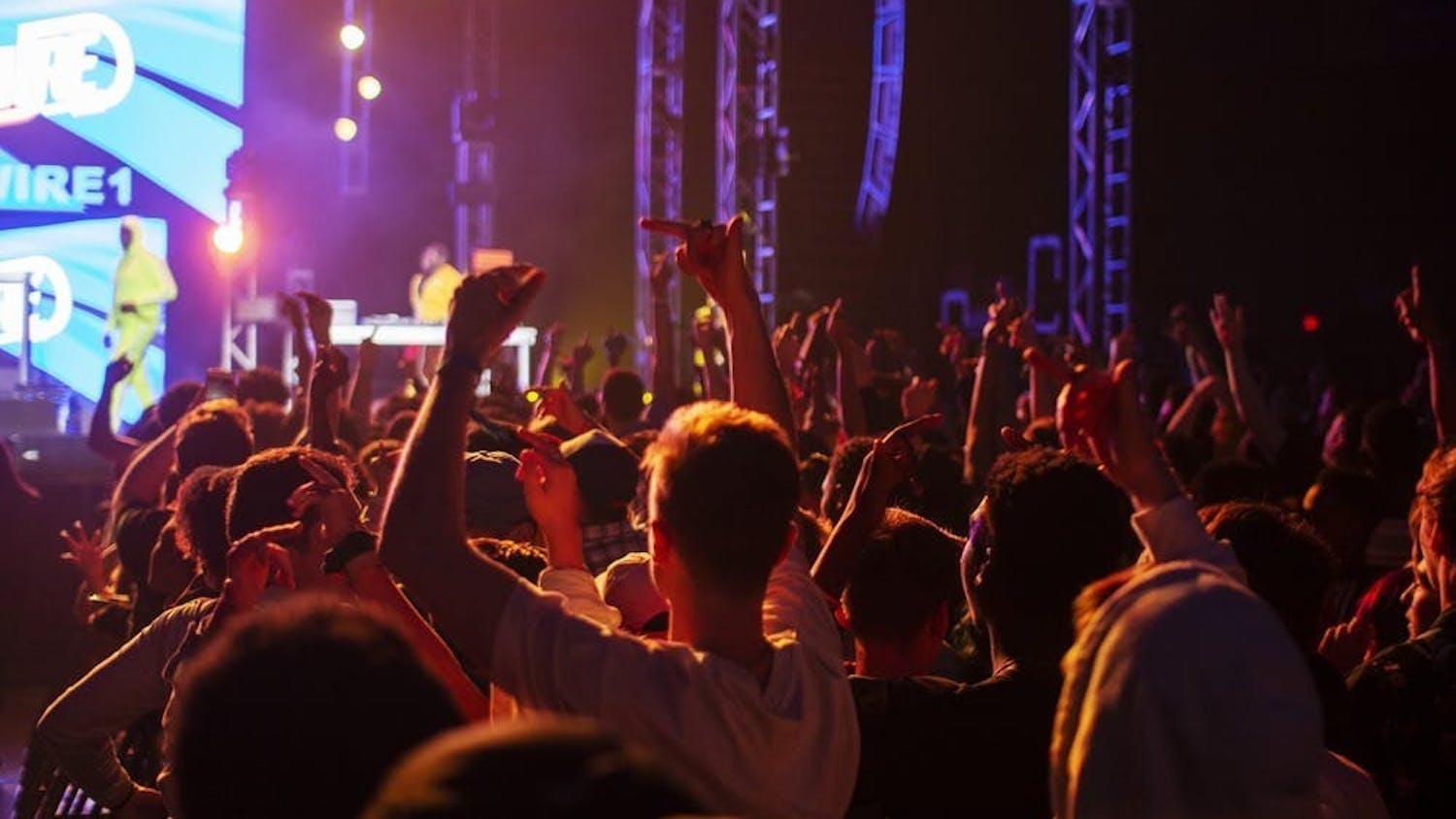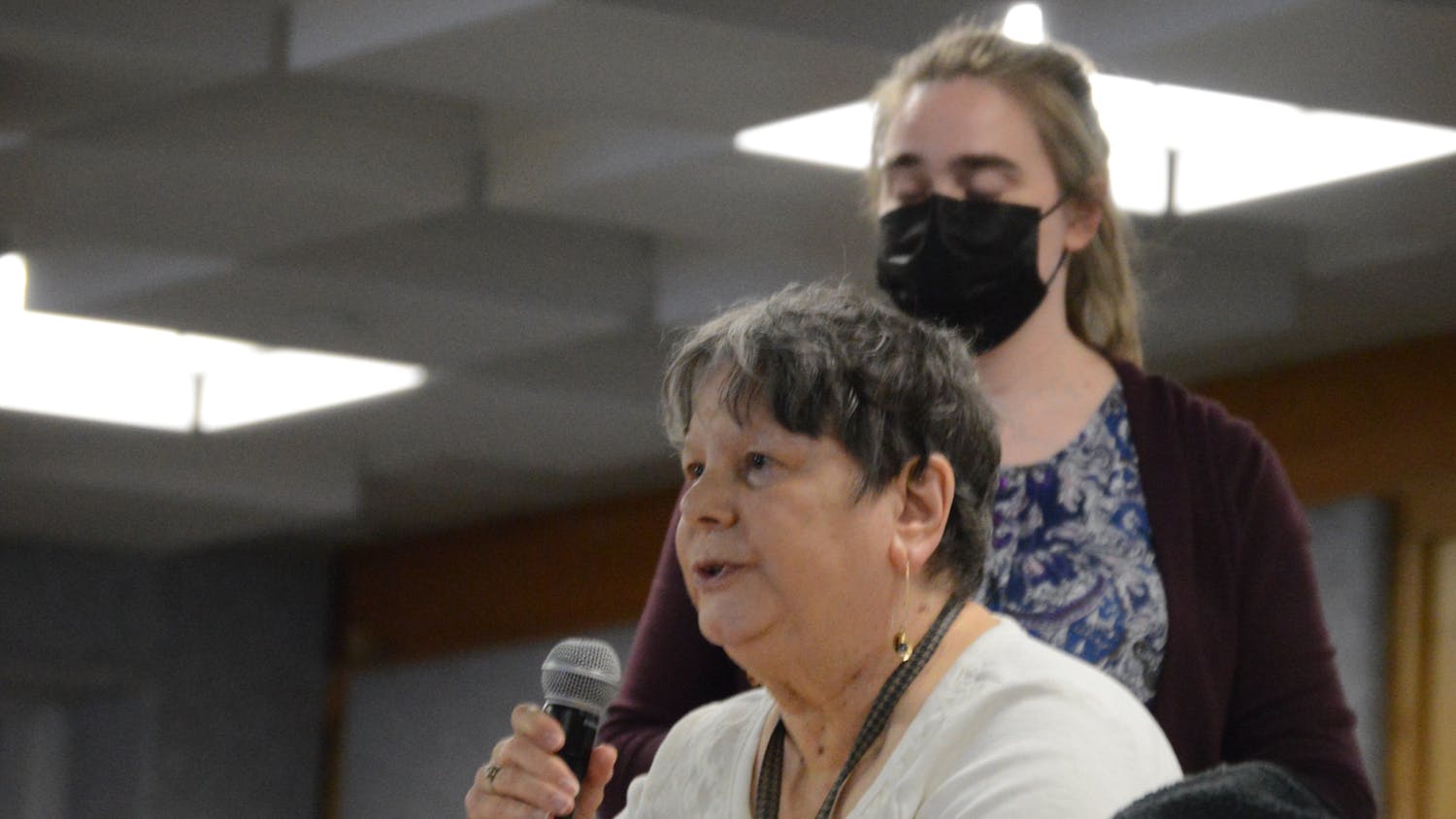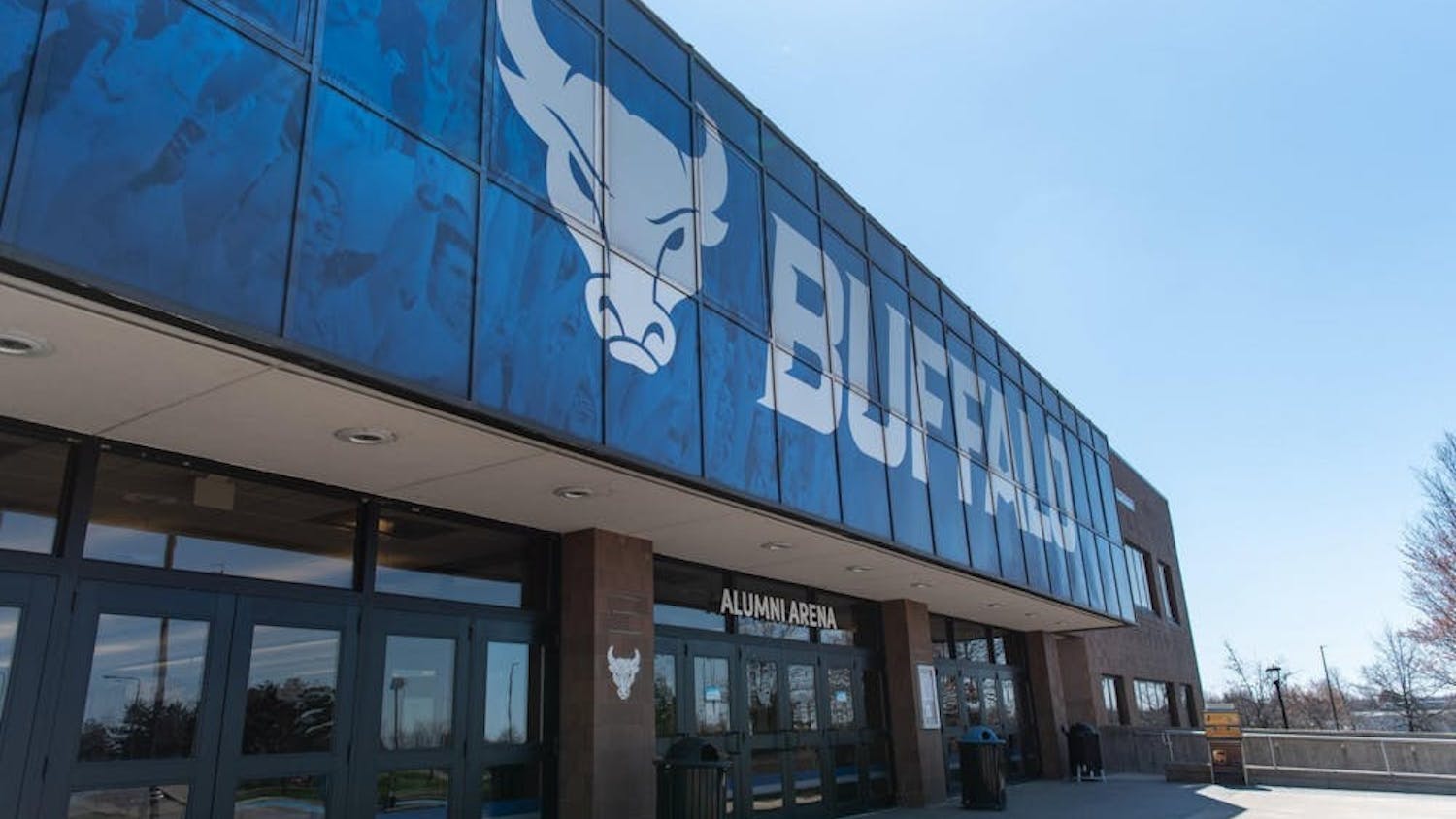Patrick Kearney’s lunch break was never long enough.
He had one hour to drive from his full-time sales representative job to his software engineering class and no time to play the “parking game.”
That’s when he decided he needed to solve the parking problem.
Kearney, a nontraditional student in computer science, teamed up with senior computer science majors Jaskirat Singh and Andrew Mingola last fall to create an app that would allow students to park without having to “stalk” students to their car or circle parking lots. “Park by Karma” is now available to download for Android users, with an Apple version coming in the next several weeks.
Kearney said he hated having to stalk students to their car every day. Like many of his fellow commuters, Kearney had a choice: miss part of class, risk a parking ticket, or hike across campus from the Special Events Parking Lot.
Days of coming into class uncomfortably late, freezing cold, or with a ticket from parking in Hadley Village spots inspired Kearney to work toward a solution.
The app displays two lists of parking lots on North and South Campus along with Google Maps as the main display. The app has two main functions – leaving and parking. When parking, users select lots they want to park in. When leaving, users drop a pin on their parking space and wait for the spot to be claimed. When a match is made, both users receive a description of the other's vehicle and view the location of the space on the map.
The app’s name comes from its use of a “karma score” to motivate students who are leaving to remember to pass on the “good karma.”
The more times you participate as a “leaving” user, the higher your karma score will be. “Parkers” with higher karma scores get matched first. The longer a user waits for a spot, the higher his or her karma score will be in future use. Matches also operate on first-come, first-serve basis to keep a select few users with high karma scores from dominating the system.
“It’s based on current commuter behavior,” Mingola said. “Right now, [commuters will] kind of stalk them to the parking space. I’m sure most commuters are familiar with this, it’s crude and sometimes they use crude forms of communication. So we figured we could just create an app that would allow commuters to do this but in an organized fashion.”
The app is still in its prototype phase, which means it’s available for use, but the graphics are minimal and users should be aware of the potential for minor bugs. The creators urge users to be patient with the app and to offer feedback through the app’s email.
While surveying students, the team found most students estimated they wait around 14 minutes for parking. The team estimates the app will save students approximately ten minutes in parking.
UB issued approximately 16,700 parking permits in 2017, according to WIVB. For the app to function best, it requires at least several hundred regular users. So far, only 24 students have downloaded the app. Once the Apple version is launched, the team hopes to gain more users. Their goal is for the app to become the “parking standard” at UB and eventually go on to be used by other college campuses with similar parking problems.
Kearney doesn’t think parking at UB will ever be “amazing,” but he hopes the app can at least improve the situation.
“It would be cool to have an awesome way for UB students to park, it’s not like the app is going to make it amazing to park at UB, but if it’s just like less terrible, that would be great,” Kearney said.
Sarah Crowley is the senior features editor and can be reached at: sarah.crowley@ubspectrum.com





